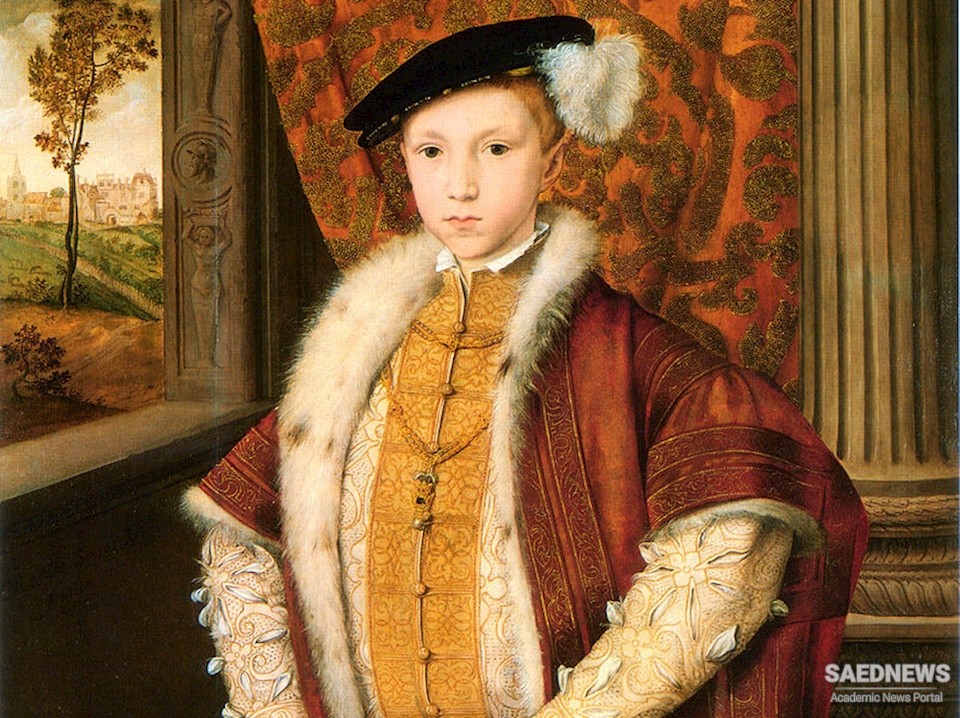The clergy were further reduced in number, particularly by the chantry dissolutions, and in status, especially by the legalization of clerical marriage, the new ordinal and the new services. The wealth of parish churches was attacked, plate, vestments and other treasures suffering official confiscation. The local religious guilds were suppressed. Traditional practices were prohibited by the royal injunctions of 1547 and by subsequent legislation; they included the display of roods and other images, prayers and masses on behalf of the dead, Easter vigils, and the use of holy bread, holy water, palms and ashes. The Latin mass was ousted by the English Prayerbook of 1549, and altars were banned in 1550. The Prayerbook of 1552 was even more overtly anti-Catholic.
Between 1553 and 1558 the reign of Mary Tudor brought a temporary reversal of governmental policies. Papal authority was restored, monasteries legitimized, and married clerics deprived. The confiscation of church goods ceased, and religious guilds were again permitted. Amongst the activities now legal or obligatory were the Catholic sacraments, intercessions, saint invocation, relic veneration and image veneration, and the use of objects like holy bread and water. In 1555 the heresy laws were revived, and an extensive persecution of Protestants commenced.
Official hostility was renewed by the accession of Elizabeth I in 1558. Another wave of decrees, including in 1559 more royal injunctions and the Acts of Supremacy and Uniformity, again banished papal authority, monasteries and religious guilds, initiated a further confiscation of church goods, and prohibited Catholic sacraments and ceremonies as well as intercessions, relics, images and roods. Henceforth Catholicism was the consistent target of governmental disapproval, which would only be intensified by the papal excommunication of the queen in 1570. Within a generation, official attitudes towards the traditional religion had thus been transformed: support had been replaced by enmity.
Changes in government policy are not difficult to chart; it is their impact upon the average man that remains so controversial and obscure. Precisely how did he respond to the assaults launched against the traditional activities and institutions? Did he acquiesce, or did he resist? By what internal motivations were his responses impelled? And by what types of external influence were these shaped? Such problems are patently crucial to an understanding of the English Reformation, yet the solutions proffered by historians have been far from wholly satisfactory. Even the recent and valuable series of local Reformation studies have to a large extent concentrated upon the clergy and the gentry, the two best-documented social groups; the mass of the population has suffered relative neglect.


 Critical Religiously Grounded Environmentalism
Critical Religiously Grounded Environmentalism














































